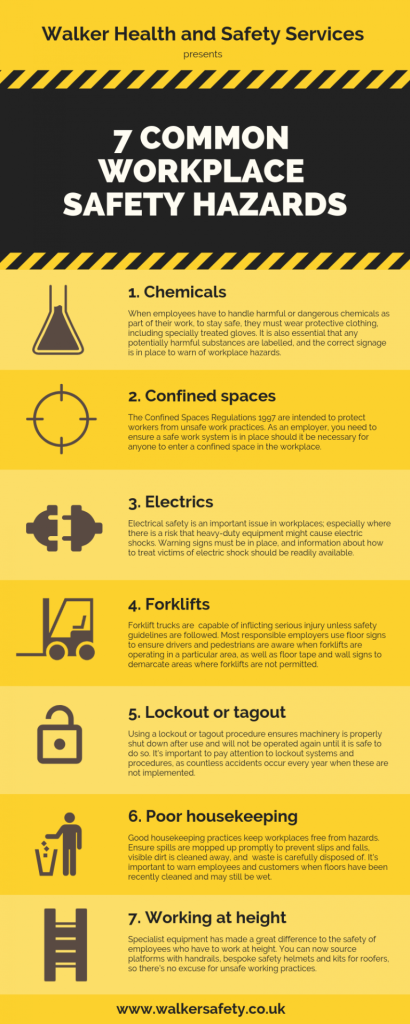

The illusion of safety in health can be a deceptive concept, often masking underlying risks within healthcare systems. It refers to the false sense of security that may exist when safeguards or protocols are in place, but doesn’t fully account for potential hazards. This pervasive issue can significantly impact patient outcomes, and a proactive approach is crucial to avoid potential pitfalls. This article will explore the illusion of safety, identifying potential hazards and providing strategies to navigate them, while emphasizing the importance of proactive risk assessment. We will delve into the root causes of safety mishaps and present concrete steps that healthcare professionals can take to mitigate these risks. The structure will cover various facets of safety, from individual practices to systemic issues, ultimately aiming to promote a more robust and resilient healthcare environment.
Recognizing the Illusion: The Root of Healthcare Hazards
Understanding the Illusion
The illusion of safety in health often arises from a combination of factors, including a sense of complacency, inadequate risk assessment protocols, and insufficient resources. A superficial adherence to safety protocols may mask deeper vulnerabilities. A case study from a prominent hospital illustrates this point. A team of researchers observed a high incidence of medication errors, despite stringent protocol adherence, pointing to a systemic gap in risk assessment. This example highlights that, while procedures and protocols are important, they are not enough without a proactive and critical approach.
Identifying Potential Hazards
Common healthcare hazards range from medication errors and equipment malfunctions to communication breakdowns between healthcare providers. Preventive measures, such as regular equipment maintenance and clear communication protocols, are vital, but they are just parts of the system, not the solution. The lack of timely intervention can result in serious consequences for patients. Consider a situation where a faulty piece of medical equipment is identified, but there is a delay in replacing it. The delay can lead to errors and patient safety concerns.
Risk Assessment: A Proactive Approach
Proactive Risk Assessment Strategies
Implementing robust risk assessment processes is crucial to effectively navigate the illusion of safety in healthcare. A comprehensive approach should incorporate routine evaluations of existing safety protocols and the identification of potential hazards. This includes examining the efficacy of current practices in preventing errors and identifying areas for improvement. For instance, a team at a leading medical center conducted a comprehensive audit of patient safety procedures, which resulted in significant improvements to patient safety. The team identified a lack of standardized communication protocols between nurses and physicians, which had been a factor in several patient incidents. This assessment highlighted the need for a proactive and ongoing review of patient safety protocols.
Practical Examples and Case Studies
An example of a proactive approach could be introducing regular safety meetings that allow healthcare professionals to identify and discuss potential hazards. Teams can collectively analyze recent safety events and propose solutions to mitigate similar incidents in the future. Case studies of successful risk assessment implementations from other organizations offer further insights into the practical application of these principles. These strategies provide a more comprehensive approach to managing risks, fostering a culture of continuous improvement. This is further supported by statistics showing a significant reduction in errors after implementation of robust risk assessments.
Promoting Safety Culture and Communication
Building a Safety-Conscious Environment
A culture of safety that prioritizes open communication is critical. Establishing a system where staff feel comfortable reporting near misses, hazards, or safety concerns is paramount to effective error prevention. A good safety culture is one that fosters continuous learning and improvement within a healthcare setting. To illustrate, a hospital that promoted open communication and a culture of safety saw a noticeable decline in patient harm incidents. This shift in approach created a more supportive and engaged workforce, improving patient outcomes.
Enhanced Communication Protocols
Clear and concise communication protocols, including standardized terminology and procedures, are essential to prevent misinterpretations. Improving communication between departments, such as the pharmacy and surgical teams, can significantly reduce the likelihood of errors. For example, a study discovered that miscommunication during surgery contributed to a high number of complications. This highlighted the importance of clear communication protocols for effective teamwork within the healthcare sector. Data from numerous healthcare organizations suggests that enhanced communication reduces errors and enhances overall safety.
Continuous Evaluation and Improvement
Implementing Evaluation Processes
Regular evaluation and periodic audits of patient safety protocols and processes are necessary for maintaining a proactive and effective safety program. This continuous assessment ensures that procedures remain relevant and effective in addressing evolving hazards and challenges. For example, a renowned healthcare organization regularly reviews its safety protocols and practices against established benchmarks. These evaluations lead to improvements and identify areas for improvement, contributing to a culture of continuous learning and improvement.
Staying Current with Emerging Risks
The healthcare landscape is constantly evolving, presenting new hazards and risks. Keeping abreast of these emerging trends, through publications, workshops, or collaborations with experts, ensures healthcare providers are equipped to anticipate and address challenges. For example, the emergence of new types of infections necessitates adapting safety protocols and treatment guidelines.
Conclusion
In conclusion, navigating the illusion of safety in health requires a proactive and critical approach. By understanding the potential hazards, seeking diverse perspectives, and continuously evaluating our practices, we can move towards a more robust and resilient healthcare system. Embrace ongoing learning and critical thinking to protect yourself and your patients from avoidable risks. To delve deeper into these concepts and further explore your own safety protocols, consider consulting with industry experts or participating in relevant workshops.